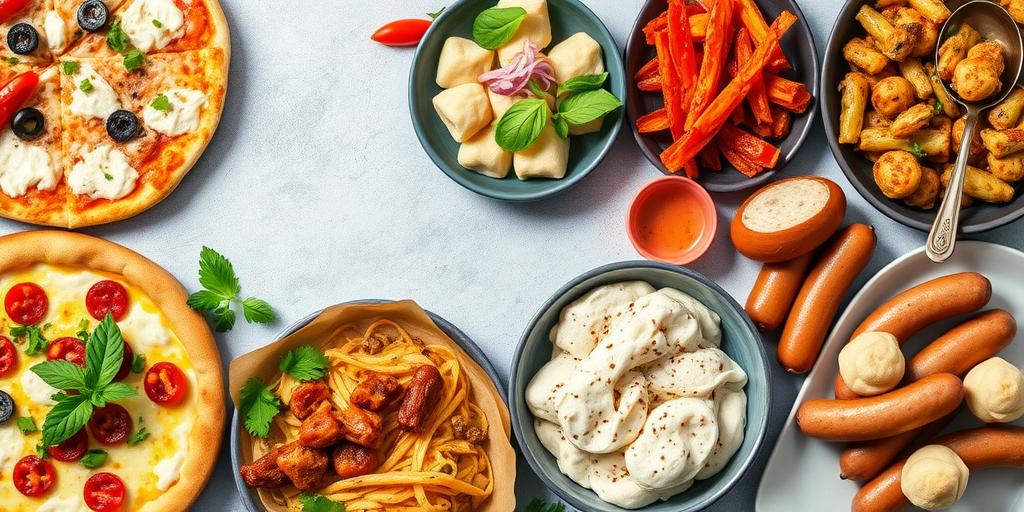American cuisine is a constantly evolving tapestry, woven from the threads of countless immigrant cultures. From the hearty German fare of the Midwest to the vibrant flavors of Latin America in the Southwest, the culinary landscape of the United States reflects the diverse populations that have shaped its history. This post will explore how immigrant cultures have profoundly influenced American food, enriching our palates and transforming our dining experiences.
A Brief History of Culinary Immigration
Waves of immigration have always brought new ingredients, cooking techniques, and culinary traditions to American shores. In the 19th and early 20th centuries, European immigrants introduced dishes like pizza (Italy), bagels (Eastern Europe), and sauerkraut (Germany). As different groups settled in various regions, they adapted their recipes to local ingredients and tastes, creating unique regional variations of their homeland cuisines.
Key Cultural Influences
- Italian Influence: Perhaps no other immigrant group has had as significant an impact on American food as the Italians. From pizza and pasta to red sauce and meatballs, Italian dishes have become staples in American households. Regional variations, like New York-style pizza or Chicago deep-dish, showcase the adaptation of Italian cuisine to local preferences.
- Mexican Influence: The influence of Mexican cuisine is undeniable, especially in the Southwest. Tacos, burritos, enchiladas, and guacamole have become ubiquitous. The fusion of Mexican and American flavors has given rise to Tex-Mex cuisine, which features dishes like chili con carne and nachos.
- Chinese Influence: Chinese immigrants have introduced dishes like chow mein, dumplings, and General Tso's chicken. Chinese restaurants are found in nearly every town, offering a wide range of dishes adapted to American tastes. The popularity of these dishes reflects the broad appeal of Chinese flavors and cooking techniques.
- German Influence: German immigrants played a crucial role in shaping American food, particularly in the Midwest. Dishes like sausages, pretzels, and beer have become ingrained in American culture. The influence of German baking traditions is evident in the popularity of pastries and bread.
- Other Influences: Numerous other cultures have contributed to the diversity of American food. Japanese sushi, Vietnamese pho, Indian curries, and Middle Eastern kebabs have all found a place in the American culinary landscape.
The Fusion of Cultures
One of the most exciting aspects of American food is the fusion of different cultural influences. Chefs and home cooks alike are experimenting with ingredients and techniques from around the world, creating dishes that reflect the multicultural nature of American society. From Korean tacos to Indian-spiced burgers, the possibilities are endless.
The Future of American Cuisine
As immigration continues to shape American society, the culinary landscape will continue to evolve. New ingredients, cooking techniques, and culinary traditions will be introduced, further enriching our palates and transforming our dining experiences. The future of American cuisine is one of endless possibilities, driven by the creativity and diversity of its people.
In conclusion, the influence of immigrant cultures on American food is profound and far-reaching. From the introduction of new ingredients and cooking techniques to the fusion of different culinary traditions, immigrant cultures have transformed the way Americans eat. As we continue to welcome new immigrants, our culinary landscape will continue to evolve, reflecting the multicultural nature of American society.









